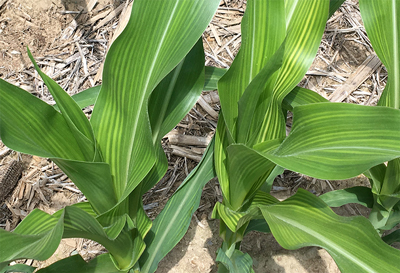Is Abnormal the New Normal in U.S. Agriculture?
As I write this column, ag retailers and their grower-customers across the country are gearing up for the 2020 growing season. Based upon conversations I’ve had with numerous industry people at trade shows and events this winter, most of them are hoping this year will bring a measure of certainty back to the agricultural marketplace — especially considering how much uncertainty has seemed to rule the day through much of the past two growing seasons.
What I’ve been hearing has been along the lines of, “I know everyone today talks about ‘the new normal.’ I would just like to be able to use the word ‘normal’ to describe the year without adding a ‘but’ at the end of it.”
For sure, 2019 was very abnormal as agricultural years go. In more than 20 years of covering the ag retail marketplace, last year had a host of events that dominated the headlines like I’ve never seen — millions of prevent plant acres, the U.S.-China trade dispute, a threatened trade dispute with Mexico (which was avoided, thankfully), and two government bailout packages to help U.S. growers financially. In the end, given all these abnormal market events, it’s amazing agricultural revenues were as strong as they ended up when all the year-end numbers were tallied up.
So, what do the tea leaves say about how the 2020 growing season might play out? As with most things in life, there are positive and negative early indicators.
Regarding the topic of agricultural trade, there is very positive news that 2020 might be more normal than abnormal — at least closer to home. In late January, President Donald Trump signed the long-debated U.S.-Mexico-Canada Agreement (USMCA). This legislation guarantees that agricultural goods from America can continue to move into the country’s North American neighbors with zero tariffs attached to them.
“Today is a good day for American agriculture,” Secretary of Agriculture Sonny Perdue said of the agreement. “USMCA is critical for America’s farmers and ranchers, who will now have even more market access to our neighbors to the north and south.”
In mid-January the U.S. and China finally reached a Phase One trade deal. This first step for the two countries saw China promise to purchase $200 billion of U.S. agricultural products. And China did indeed buy 3.09 million tons of U.S. soybeans earlier this year.
But it wouldn’t be a normal ag year these days without something abnormal showing up. By rights, firm trade deals with key partners should have sent commodity prices upward. But at press time, that hadn’t happened. Why? In a word: coronavirus.
Since the extremely contagious disease first appeared in China, the country has gone into lockdown mode to try to contain its spread. This has meant cancelled events and travel to and from China, slowing much of the Chinese economy to a crawl. This is impacting the country’s ability to order products for delivery and unload barges of grain and cotton for awaiting customers. How this all plays out for China and the rest of the world is still a big unknown going through the rest of 2020.
So, it looks like the new normal will continue to elude agriculture for a little while longer, at least.






